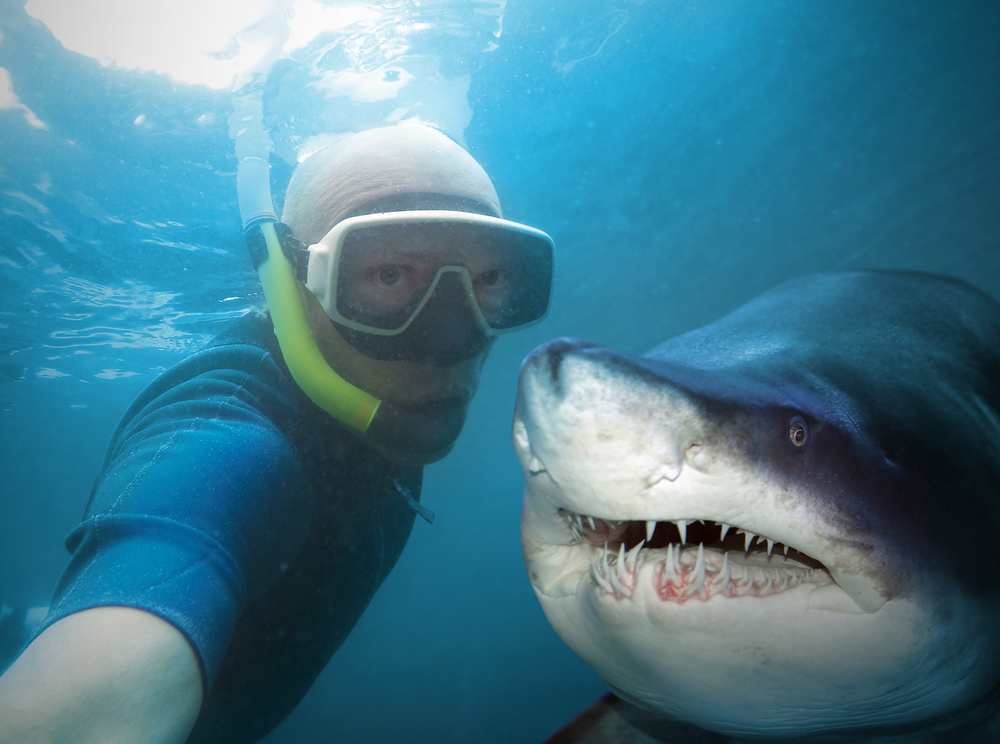
Think of Earth’s deadliest killers, and the same animals always seem to spring to mind. Sharks, bears, alligators; these are the creatures that we consistently mark out as Mother Nature’s most bloodthirsty beasts. Look at the stats, however, and you’ll realise that these sharp-toothed megafauna aren’t half as deadly as we make them out to be.
In fact, the figures show that these animals are far less dangerous than other things that we don’t typically fear half as much. Taking a selfie with your smartphone, for example. This innocent act has already killed 12 people in 2015—in Russia the photography phenomenon has been deemed dangerous enough for the government to launch its own ‘Safe Selfie’ campaign.
To debunk the murderous myths surrounding wild animals minding their own business in forests, oceans and swamps around the world, check out this list of the so-called killer animals that are actually less likely to harm you than the smartphone in your pocket.
Bears
While wild bears—particularly grizzlies—are often made out to be the reason you shouldn’t go wandering around in the woods alone, there have been a surprisingly low number of bear-related fatalities in the last decade. Only 27 fatal incidents have been reported in North America since the year 2000, averaging at around two deaths per year. Out of those, 17 were caused by black bears and 10 by grizzlies.
Alligators
Being formidable looking real-life swamp monsters with crushing jaws, enormous bodies and a habit for sometimes showing up in swimming pools, it’s no wonder that gators scare so many people. But the facts show that very few people are actually killed by the North American crocodilians. There have been a total of 14 recorded human deaths caused by alligators in the US since 2000.
Spiders
Creepy, crawly spiders: the deadliest bugs around, right? Actually, no. Poisonous spiders like the black widow and brown recluse are responsible for around seven deaths per year in the US, which is less than non-venomous arthropods such as fire ants (nine deaths per year in the US) and pales in comparison to the number of deaths caused by bees, wasps and hornets—an average of 58 per year.
Sharks
So far in 2015, eight people have died from shark attacks. That’s not only less than the 12 people who died taking selfies: cows kill more people every year than sharks, an average of 20 people per year in the US alone, as do dogs and bees. And of the 480 known species of living shark, only three kinds have reached double digits in terms of unprovoked attacks on humans (great white, tiger and bull sharks).
Mountain lions
Whether you call them mountain lions, pumas, panthers or cougars, the fact remains the same: these wildcats kill an average of only one person per year in the US. Remarkably, there were only 10 deaths caused by mountain lions in the century between 1890 and 1990. New wildlife collars are also likely to reduce the number of mountain lion related deaths on humans, pets and livestock.





